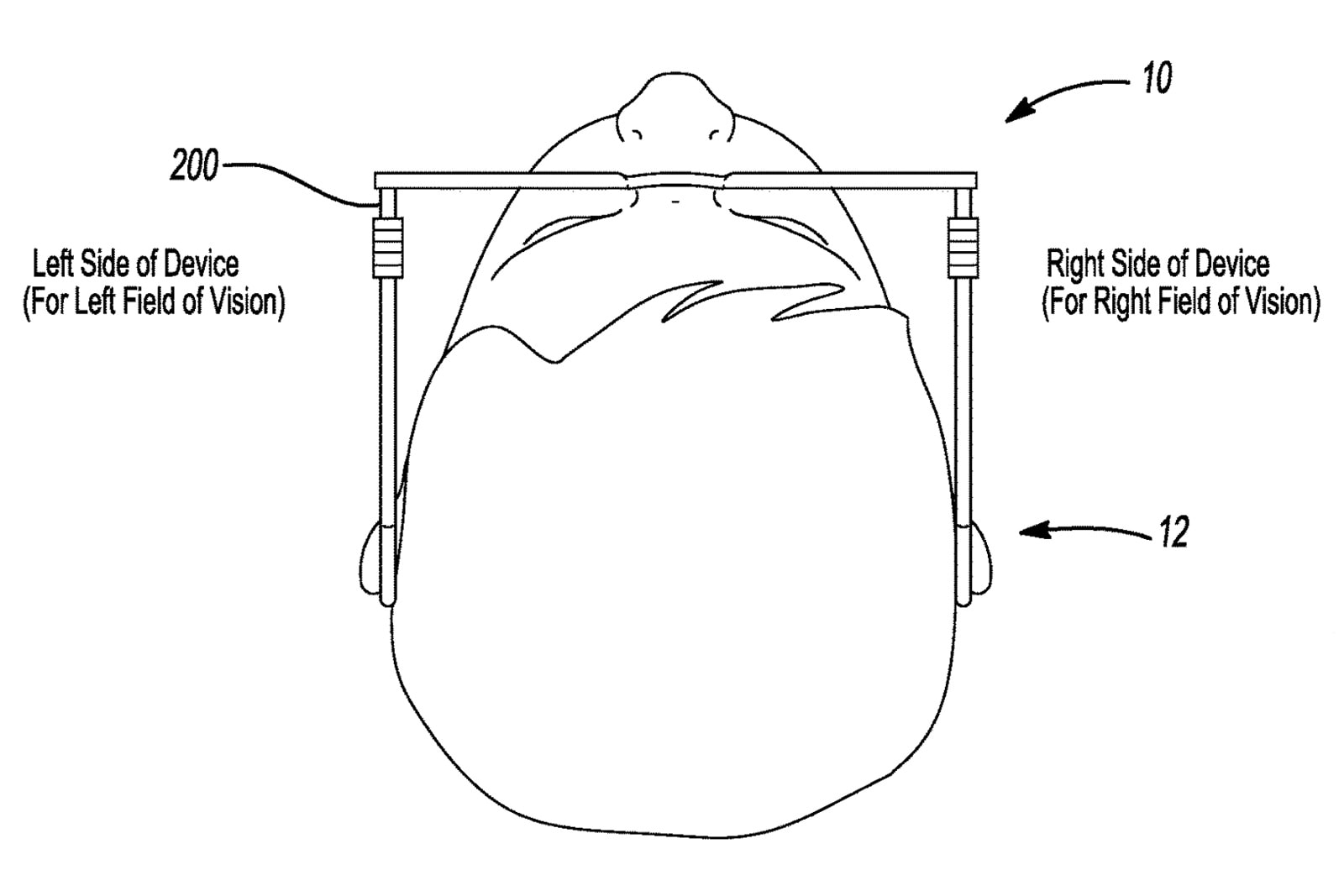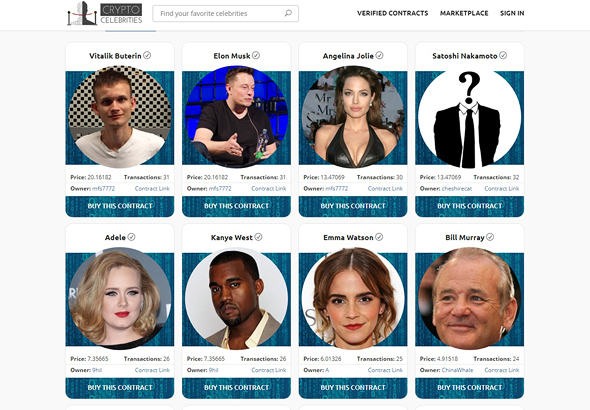A quick look at everything that caught my eye this past week:
Amazon Go Finally A Go
This past week the supermarket of the future finally opened to the public. No cashiers. No lines. Just grab items and go.
As Recode explains:
“On the surface, the store resembles what a 7-Eleven might look like if it got a high-end makeover, was laid out in part like a Pret a Manger sandwich shop, and was dreamt up by the same tech powerhouse that had previously made one-click buying and two-day shipping the industry norm.
Upon entering, shoppers are greeted by a selection of salads, sandwiches and beverages, as well as ready-to-eat meals for breakfasts, lunches and dinners. Amazon Go also carries small selections of beer and wine, as well as produce, meat and even Amazon’s own meal kits. Following Amazon’s acquisition of Whole Foods, one section is also set aside for chips, cookies and nuts, all from the grocer’s 365 Everyday Value brand.”
Would you want to shop here if you could?
/cdn.vox-cdn.com/uploads/chorus_image/image/52140057/amazon_go.0.jpeg)
High Tech Glasses Prevent Motion Sickness
Driverless cars could be game-changing, freeing us up to read while we get driven to work. Unless of course, if you’re the type of person who can’t read in the car because you get motion sickness. Thankfully, there may soon be a workaround.
As Engadget puts it, “Never mind festooning a self-driving car in lights and other devices to fend off motion sickness — you might just have to slip on some eyewear. University of Michigan researchers have patented a system that could use glasses or a headset to prevent a disconnect between your sense of motion and what you see. The approach would use a set of sequentially activated light pipes that would imitate the movement of the autonomous vehicle in your peripheral view, giving your body a frame of reference while freeing you to check your phone without getting sick.”

Levitating Humans
In the future we may be able to levitate objects using tractor beams. Yes, really.
According to CNET:
“Engineers from the University of Bristol have been able to trap (essentially levitate) objects using an acoustic tractor beam that is larger than the wavelengths of sound used by the device.
‘Acoustic researchers had been frustrated by the size limit for years, so it’s satisfying to find a way to overcome it. I think it opens the door to many new applications,’ Asier Marzo from Bristol’s Department of Mechanical Engineering, said in a release. Marzo is lead author on a paper published Monday in the journal Physical Review Letters.
Those applications could include touchless control of drug capsules or micro-surgical implements inside the human body using sonic tractor beams. It could also become possible to move and manipulate fragile items in a whole new way.”
Which means that we won’t have to worry about careless UPS drivers playing soccer with our packages anymore.

No More Scars
I don’t mind scars. They tell the story of your life and serve as a natural ice breaker. But depending on the location of your scar you may disagree. For example, you may have severe facial scarring from a car accident. Or maybe you want your body back after getting a C section. For those people there will soon be an alternative on the market. A way to heal the body without inducing any scarring.
According to Science Alert:
“The type of skin that regenerates over a small, superficial cut is filled with fat cells called adipocytes, just like the skin you were born with, which means the two will eventually blend into each other once the wound has healed.
But scar tissue is made up almost entirely of cells called myofibroblasts, and doesn’t contain any fat cells at all. So instead of blending into the surrounding skin once the wound has fully healed, it looks completely different – permanently.
But scientists have discovered that existing myofibroblasts can actually be converted into adipocytes, which suggests that as a wound is healing, scar tissue could be converted to regenerated skin instead – something that scientists thought could only be possible in fish and amphibians.”

Are any of these the Greatest Idea Ever?









